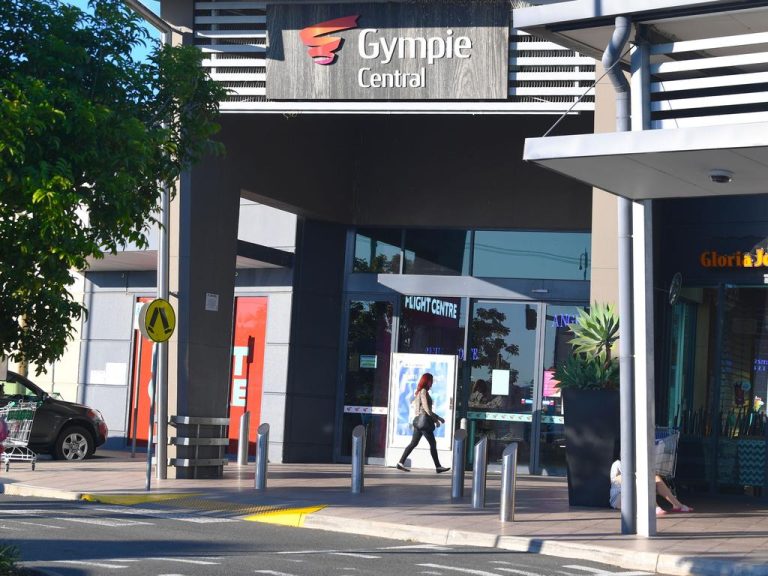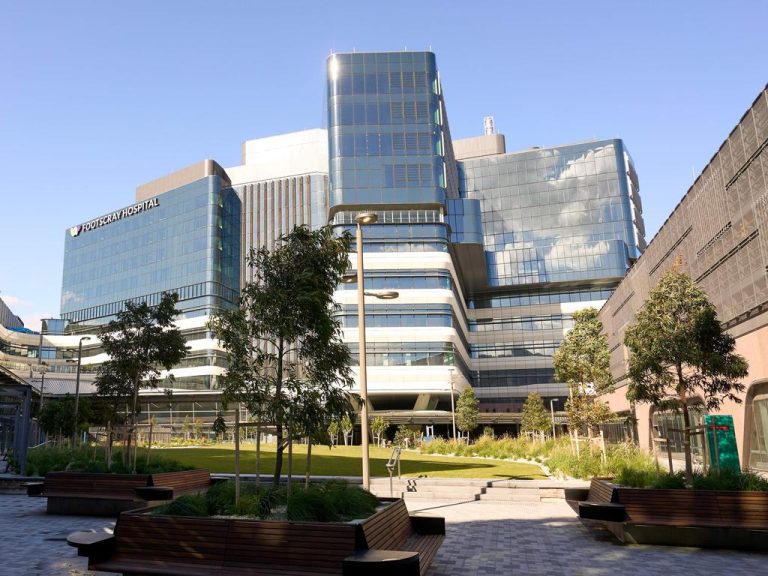What the super tax backdown means for property investors
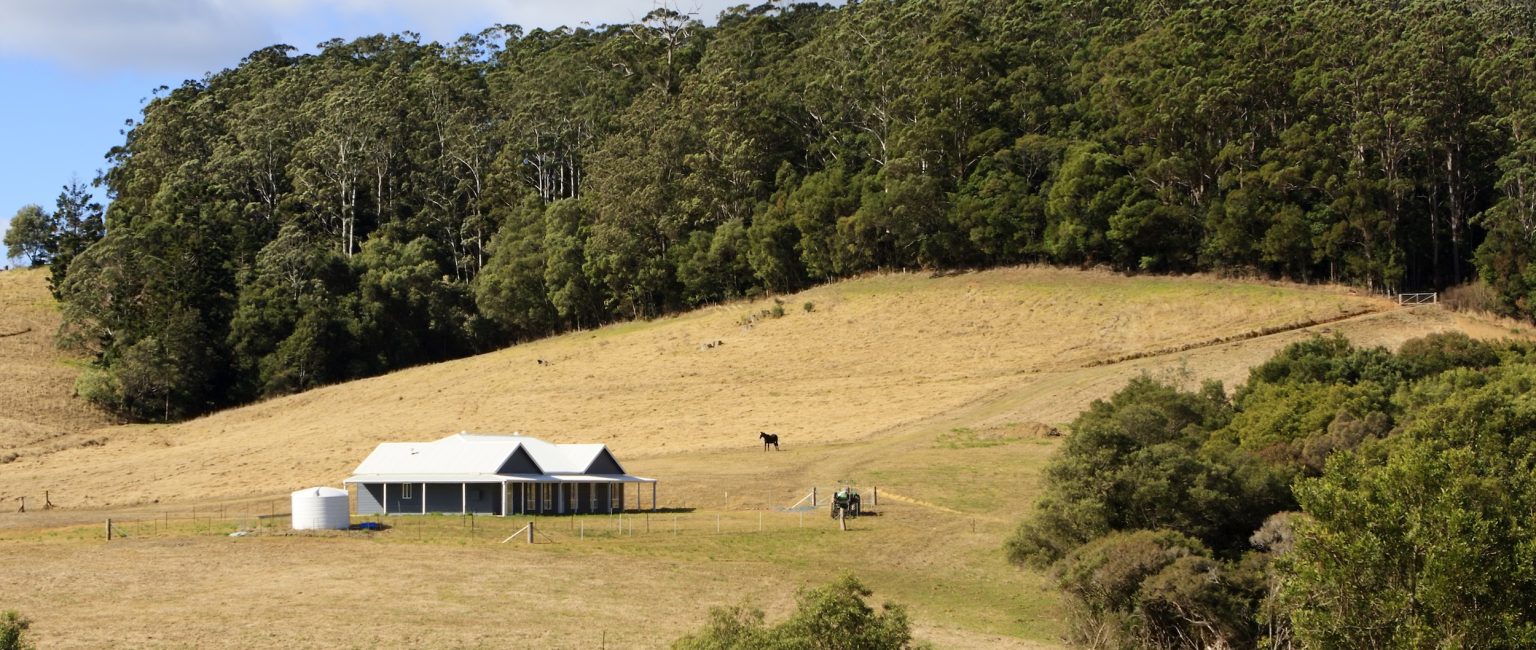
Investors with commercial or residential property assets in a self-managed super fund have breathed a sigh of relief after the government watered down its controversial superannuation changes for balances above $3 million.
Industry professionals say the commercial property sector had been in state of limbo ahead of Labor’s original plan to double the earnings tax rate on super balances above $3m – a threshold that would not be indexed over time – with earnings to be taxed on ‘unrealised’ gains, rather than only the realised component. This would have meant any paper gains, such as an increase in a property’s valuation, would incur tax.
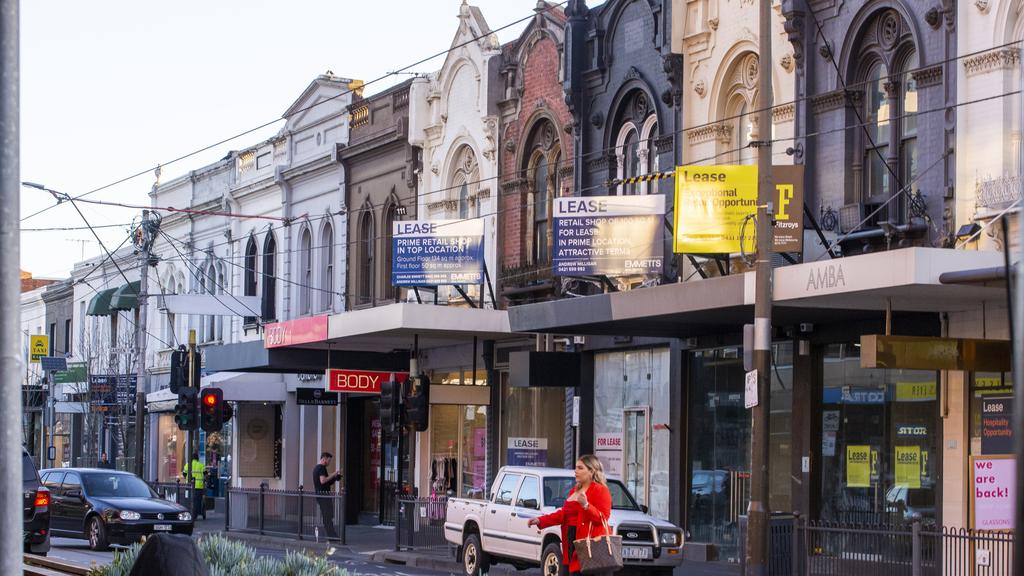
Small business owners often hold their business premises in an SMSF. Picture: Wayne Taylor
But Treasurer Jim Chalmers last week bowed to criticism that the change would unfairly impact savers and could force investors to sell assets to be able to cover tax debts.
The impact could have been significant. Many Australians hold commercial properties, such as farms, warehouses and retail stores in their self-managed super fund (SMSF), which may have been impacted by the super tax change. While the $3m threshold currently impacts just 0.5% of super accounts, the decision not to index to adjust for inflation would have captured more and more accounts over time.
What’s been announced
Treasurer Chalmers announced a watered-down plan that will see a 40% tax rate applied to earnings on super balances above $10 million, while earnings on balances above $3 million will be taxed at 30%. Both thresholds will increase over time, to be indexed to the Consumer Price Index (CPI).
The changes would initially affect about 80,000 people who have super balances above $3 million, along with more than 5,000 people with balances above $10 million.
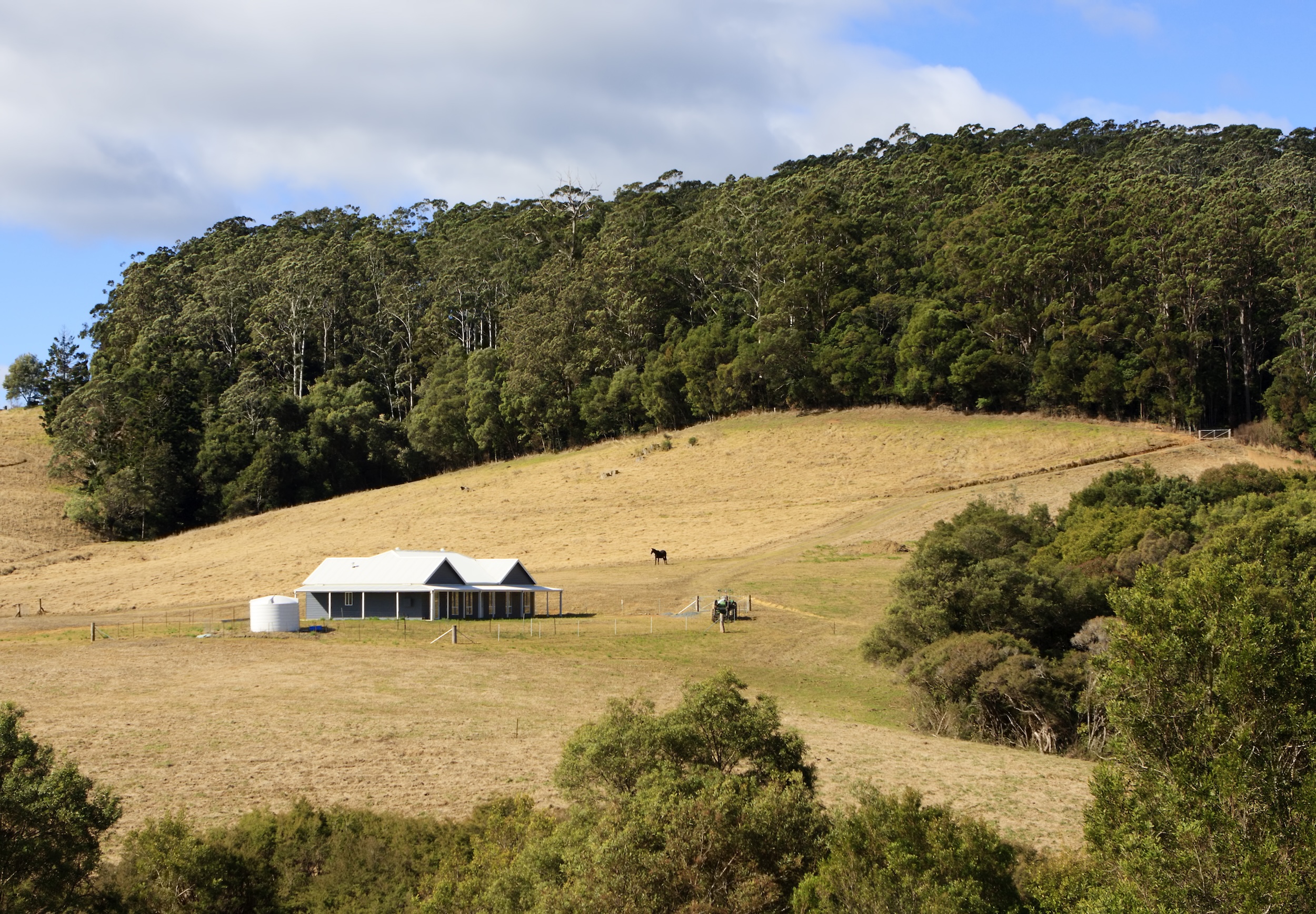
It’s estimated that over 17,000 SMSF accounts in 2021/22 held farming land. Picture: Getty
The provisions, which will apply from 1 July, 2026, will be based on super balances as at 30 June 2027, allowing time for investors to understand whether to change the structure of their portfolio.
The most controversial component of labor’s original proposal will be scrapped, with earnings to be taxed on realised gains only – such as when an asset it sold – rather than unrealised gains.
What it means for investors
But what does it mean for Australians with large and growing super balances holding commercial assets?
Experts say that even with the new tax being applied to super balances, superannuation will still be a tax-effective structure for many.
Whenever there are proposed changes to taxes, particularly significant ones such as these, there will be some investors who seek to change their circumstances in preparation for the future change, according to Peter Vines, managing director of Ray White Commercial Western Sydney.
“It would be impossible for investors not to be taking any proposed changes to super into account from the moment they are touted, as it can have a big impact from a structural perspective within people’s portfolios, and may change their future investment strategy.
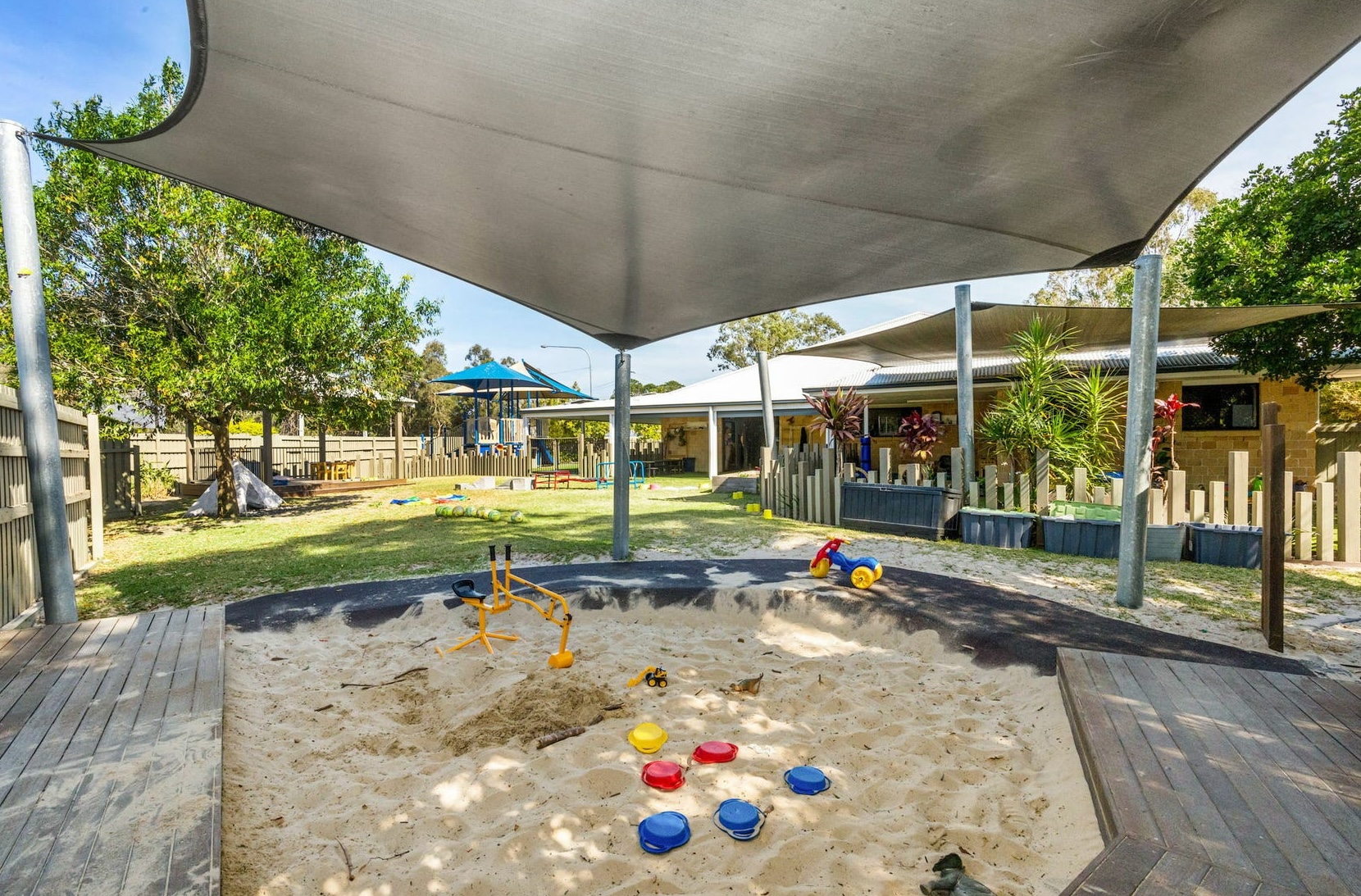
Childcare centres are a popular asset for SMSF holders. Picture: realcommercial.com.au
While the $3 million cap now being indexed “makes more sense”, Mr Vines does predict that it will result in an increase of sales for certain assets within super funds as people change investment strategies.
“But it will in many cases still make financial sense to leave assets in super. I think the bigger win is no tax on unrealised gains,” Vines said.
Unpacking the changes, SMSF expert Meg Heffron says the new proposal is a better design. Taxing unrealised capital gains put people in the position of receiving a tax bill when they didn’t necessarily have the cash to pay for it, which she describes as ‘fundamentally flawed’.
However, there will be some losers, according to the managing director of Heffron.
“Certainly those with over $10 million in super will now seriously consider the role of super for some of their balance- their extra tax has gone up from 15% to 25%, bringing the total to 40% on a proportion of their earnings. This is even more important if the new earnings definition doesn’t allow for discounting of capital gains,” Ms Heffron said.
Even those with more than $3 million in super with large capital gains built up already might need to give this some thought, she said.
If there is no carve out for capital gains built up before 1 July, 2026, investors should consider whether they’d be better to realise their gains this year, before new rules come in, she said.
Look before leap
But with limited commentary from the Treasurer and a brief Treasury Fact Sheet to go by, accounting and advisory firm William Buck superannuation team partner Charis Liew recommends individuals wait for legislation before taking definitive actions.
Depending on the details of the legislation, it may be more tax advantageous to sell certain assets before the Division 296 measures kick in, compared to after the changes apply.
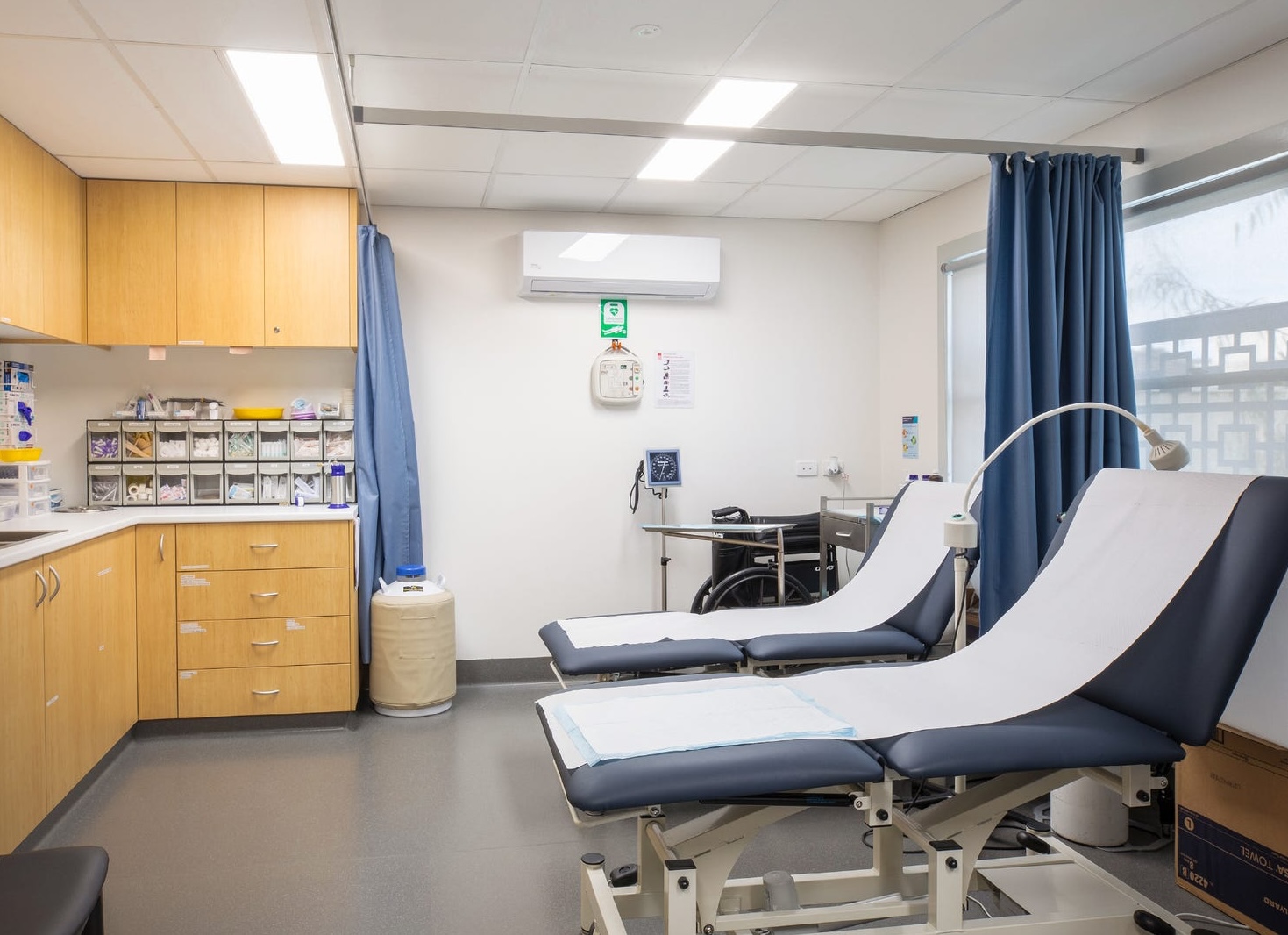
Medical professionals often hold their business premises inside a SMSF. Picture: realcommercial.com.au
The advice from William Buck is: “while it may be too early to act now until more clarity is provided on what the legislation might say, be prepared to act swiftly.”
In the meantime, it is crucial to have the right structures in place for holding your wealth, she says.
“Now is the time to review and seek advice on your overall investment structures and to consider which investments are most tax-effective within different entities, such as superannuation, companies and discretionary family trusts. These alternative structures may offer greater flexibility in managing tax outcomes and distributing wealth,” Ms Liew said.


